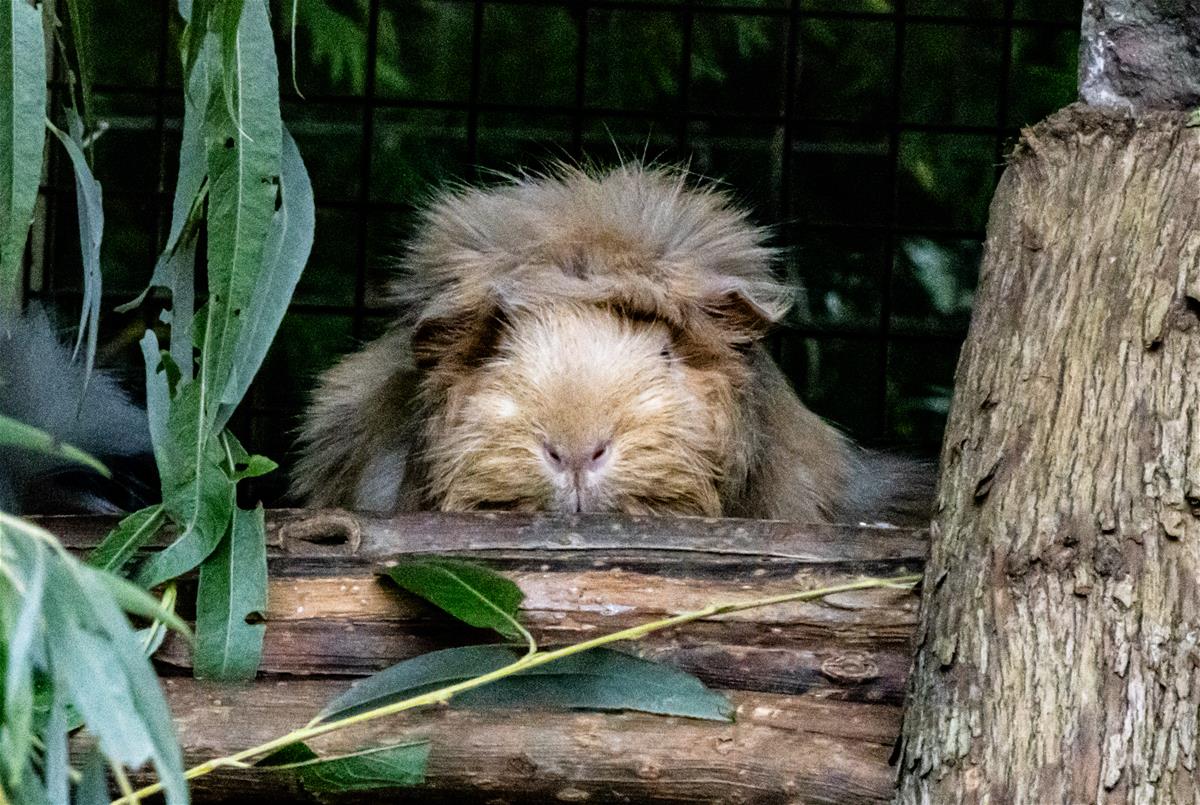❄️ Off for the Season


Location at the Zoo
Kids Zoo
Global Range
South America
Guinea pig
Cavia porcellus
Guinea pigs are small, tailless rodents with a stocky build, short limbs, and a large, rounded head. They have soft fur that can vary in colour, texture, and length depending on the breed. Domesticated guinea pigs are bred in a wide variety of colours and patterns.
HEAD AND BODY LENGTH:
Approximately 8 to 10 inches (20 to 25 centimeters)
HEIGHT AT SHOULDER:
About 2 to 3 inches (5 to 7 centimeters)
TAIL LENGTH:
Tail is vestigial (nearly absent externally)
WEIGHT:
Typically between 1.5 to 2.5 pounds (0.7 to 1.1 kilograms)
Conservation Status: IUCN

Distribution
Domesticated guinea pigs are found worldwide as pets, laboratory animals, and in some regions as livestock. Wild guinea pig relatives are found in South America.
Habitat
In the wild, their relatives inhabit grasslands, savannas, and rocky areas. Domesticated guinea pigs live in human-made environments as pets, usually in cages with bedding, hideouts, and plenty of space for exercise.
Diet
Guinea pigs are herbivores, primarily feeding on hay, grasses, vegetables, and commercial guinea pig pellets. They require a diet high in fibre and supplemented with vitamin C, as they cannot synthesize it on their own.
Reproduction
Female guinea pigs (sows) have a gestation period of about 59 to 72 days, and they typically give birth to 2-4 well-developed young, called pups. Guinea pigs can reproduce year-round and are capable of becoming pregnant shortly after giving birth.
Adaptation
Domesticated guinea pigs have adapted to a wide variety of human environments. They are social animals that communicate using a range of vocalizations and require social interaction, either with other guinea pigs or their human caregivers.
Threats to Survival
As a domesticated species, guinea pigs are not threatened in the wild. However, issues such as improper care, lack of socialization, or inadequate diet in captivity can lead to health and welfare concerns.












